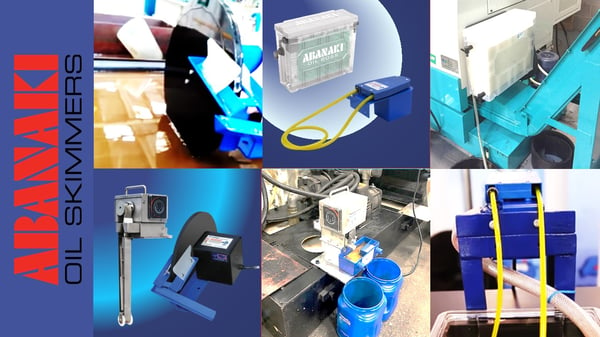Oil skimmers are essential tools in various industries, from manufacturing to wastewater treatment, where the removal of oils, fats, and other hydrocarbons from water surfaces is necessary. Despite their importance, many people still have questions about oil skimmers and their functionalities. We'll address some of the common queries surrounding oil skimmers to shed light on their role and operation.
What is an oil skimmer, and how does it work?
An oil skimmer is a device designed to remove floating oils, greases, and other hydrocarbons from the surface of water or other liquids. It operates on the principle of surface tension, using various mechanisms such as belts, discs, or drums to attract and collect oil while allowing water to pass through. Essentially, it skims the oil from the surface, separating it from the liquid.
Where are oil skimmers used?
Oil skimmers find applications in a wide range of industries, including but not limited to:
- Manufacturing: for coolant recovery and recycling in metalworking processes.
- Oil and Gas: for removing oil spills from water bodies and separating oil from produced water.
- Food Processing: for removing fats, oils, and grease from wastewater.
- Marine: for oil spill cleanup and preventing oil contamination in harbors and ports.
- Environmental Remediation: for removing oil from groundwater and surface water during cleanup operations.
What types of oil skimmers are available?
There are several types of oil skimmers available, each suited for different applications and environments. Some common types include:
- Belt Skimmers: Utilize a continuous belt to collect oil from the surface.
- Disc Skimmers: Use rotating discs to pick up oil.
- Tube Skimmers: Employ a floating tube or hose to attract oil.
- Drum Skimmers: Consist of a rotating drum to skim oil.
- Weir Skimmers: Utilize a weir or overflow mechanism to separate oil.
How do I choose the right oil skimmer for my application?
Selecting the right oil skimmer depends on various factors, including the type and viscosity of the oil to be removed, the size of the area requiring skimming, the flow rate of the liquid, and environmental conditions. Consulting with an experienced supplier or manufacturer can help determine the most suitable skimmer for your specific needs.
Are oil skimmers environmentally friendly?
Yes, oil skimmers are environmentally friendly as they help prevent oil pollution and contamination of water bodies. By efficiently removing oils and hydrocarbons from the surface, they contribute to cleaner water and support environmental conservation efforts.
What maintenance is required for oil skimmers?
Regular maintenance is essential to ensure the optimal performance of oil skimmers. This may include cleaning the skimming elements, inspecting and replacing worn-out parts, checking for leaks, and ensuring proper adjustment of the skimmer settings. Following the manufacturer's guidelines and scheduling routine maintenance checks can help prolong the lifespan of the skimmer and prevent costly downtime.
Oil skimmers play a crucial role in various industries by effectively removing oils, greases, and other hydrocarbons from water surfaces. Understanding how they work and addressing common questions surrounding their usage can help businesses make informed decisions when selecting and maintaining oil skimming equipment. By choosing the right skimmer and implementing proper maintenance practices, companies can enhance efficiency, reduce environmental impact, and ensure compliance with regulations governing oil pollution control.
How to Choose an Oil Skimmer for Machine Coolant
To learn more about oil skimmers, please contact our experts at 440-543-7400 or visit our website: www.abanaki.com
You are just one step away from downloading Abanaki's most detailed resource on our oil skimming equipment. Simply click at the button to get your ultimate guide now.



